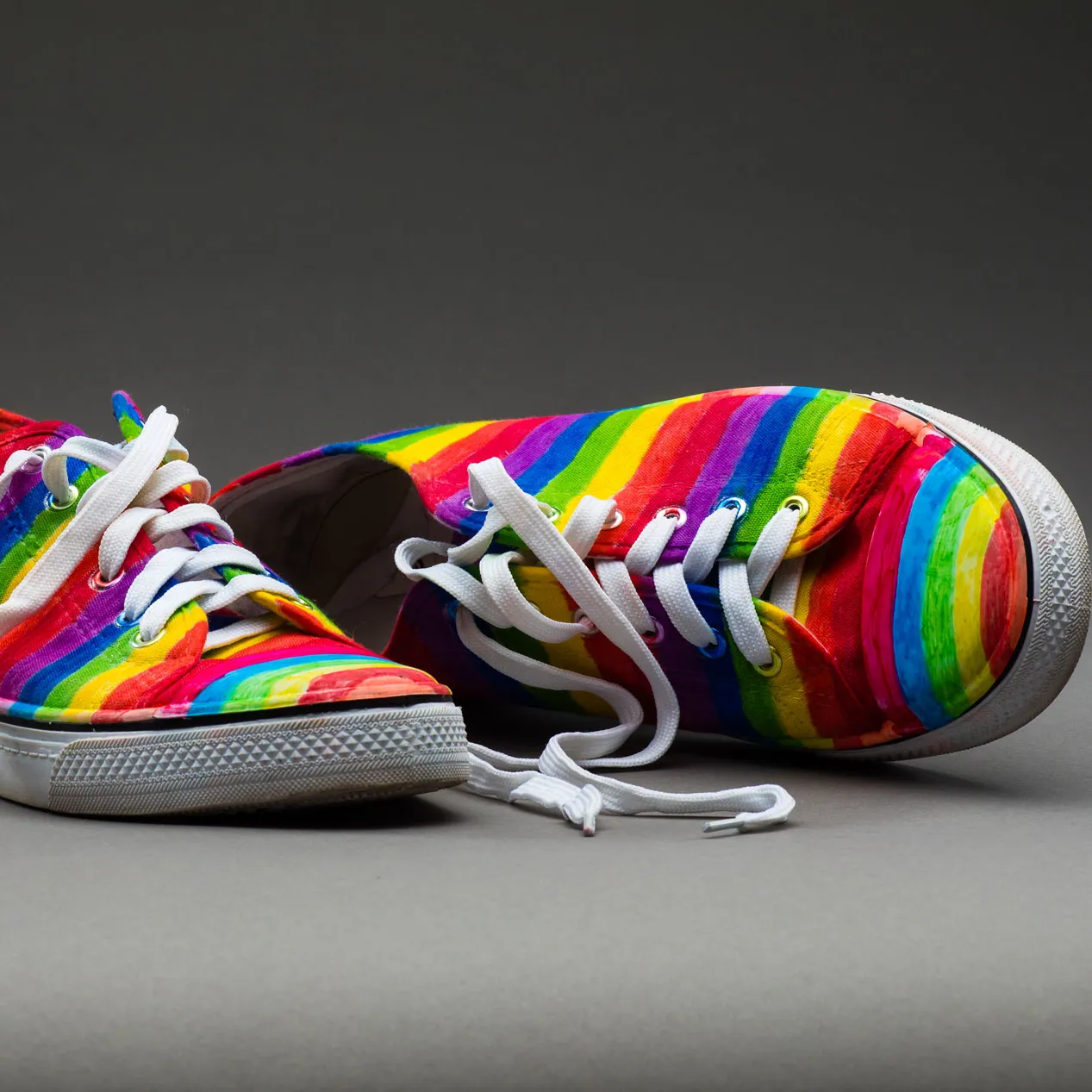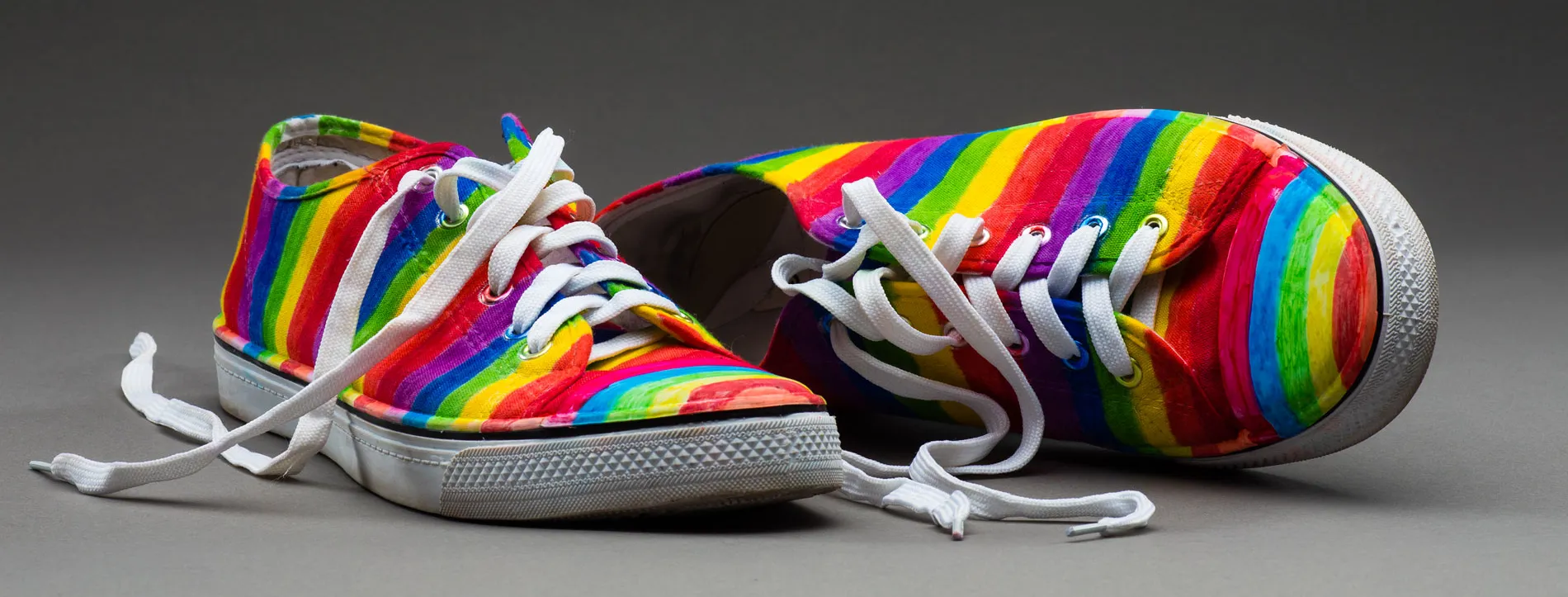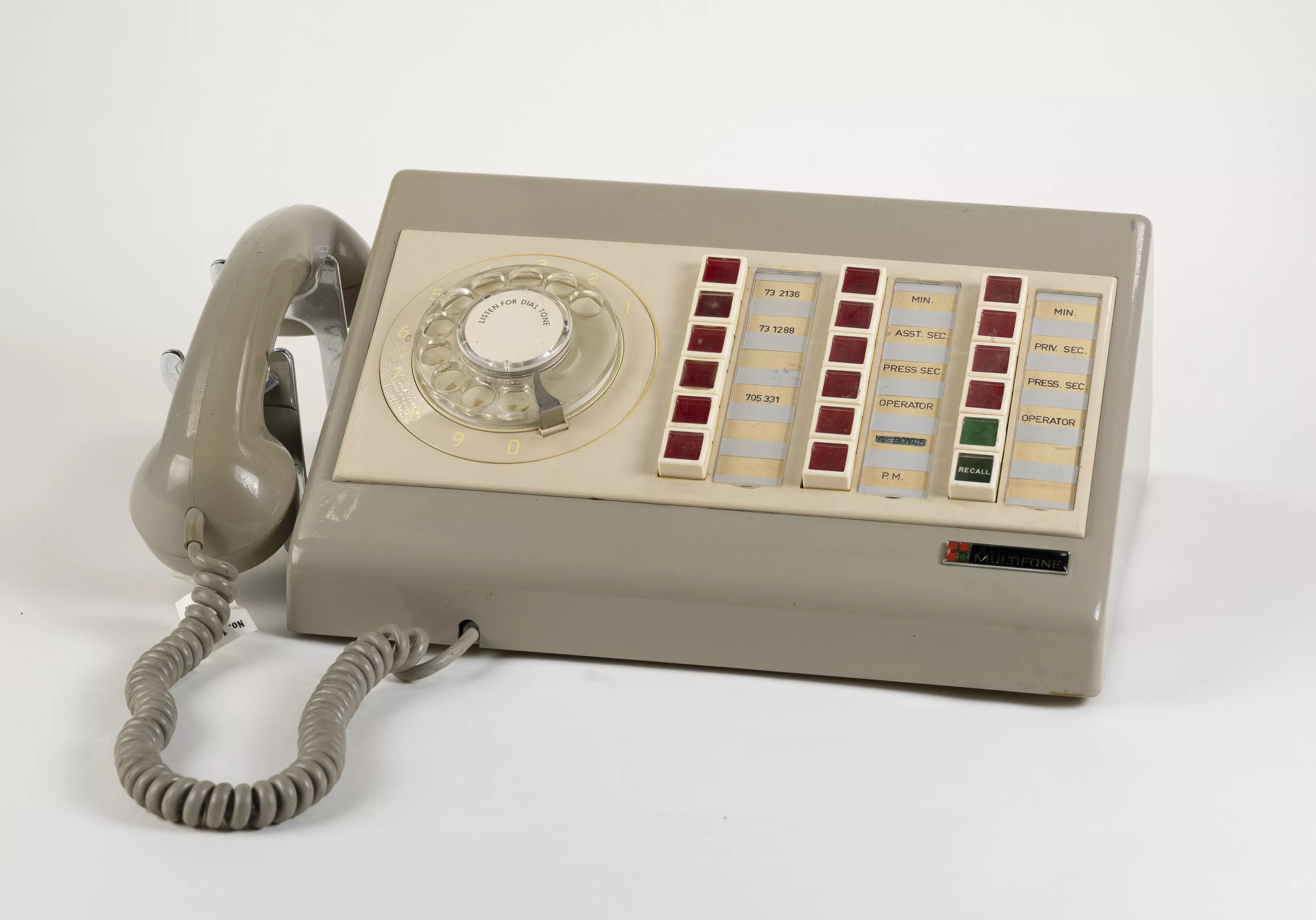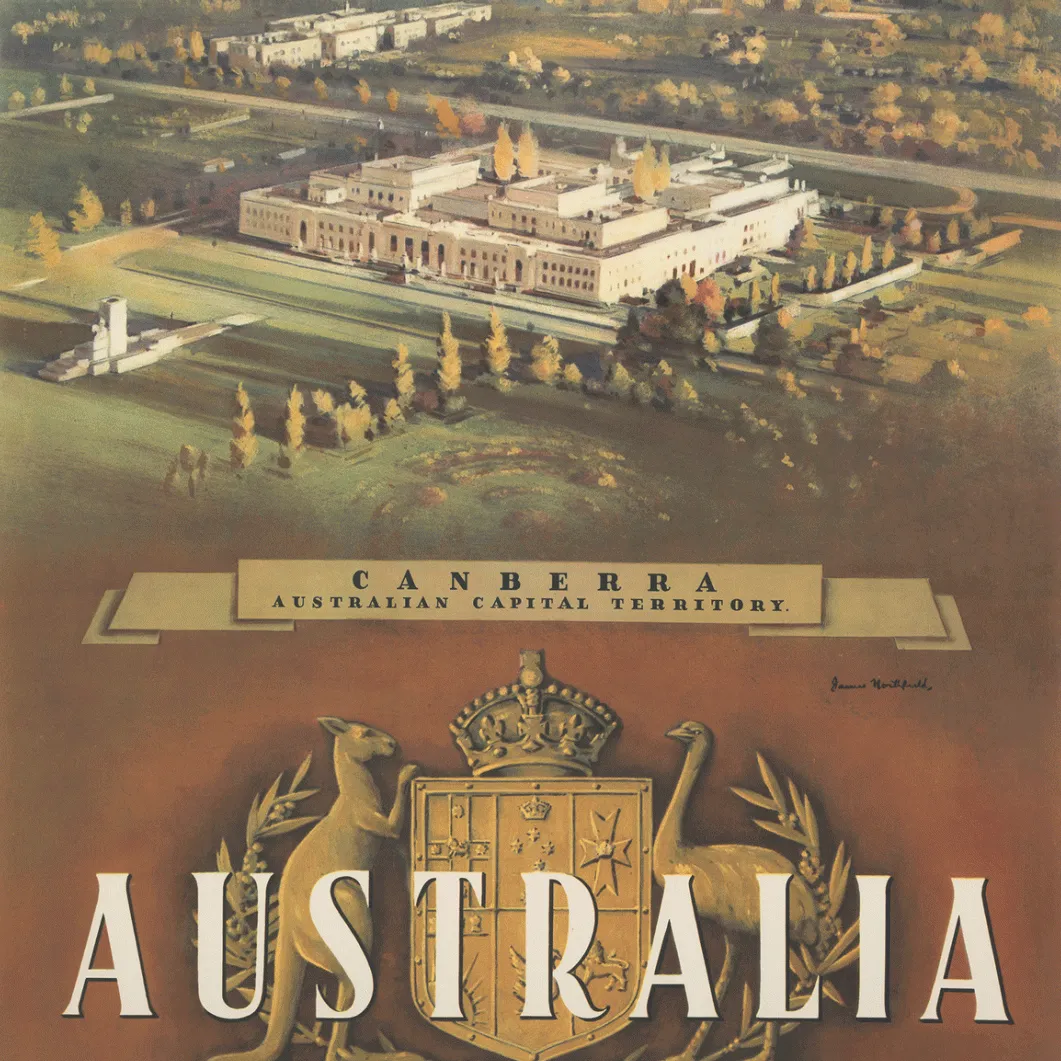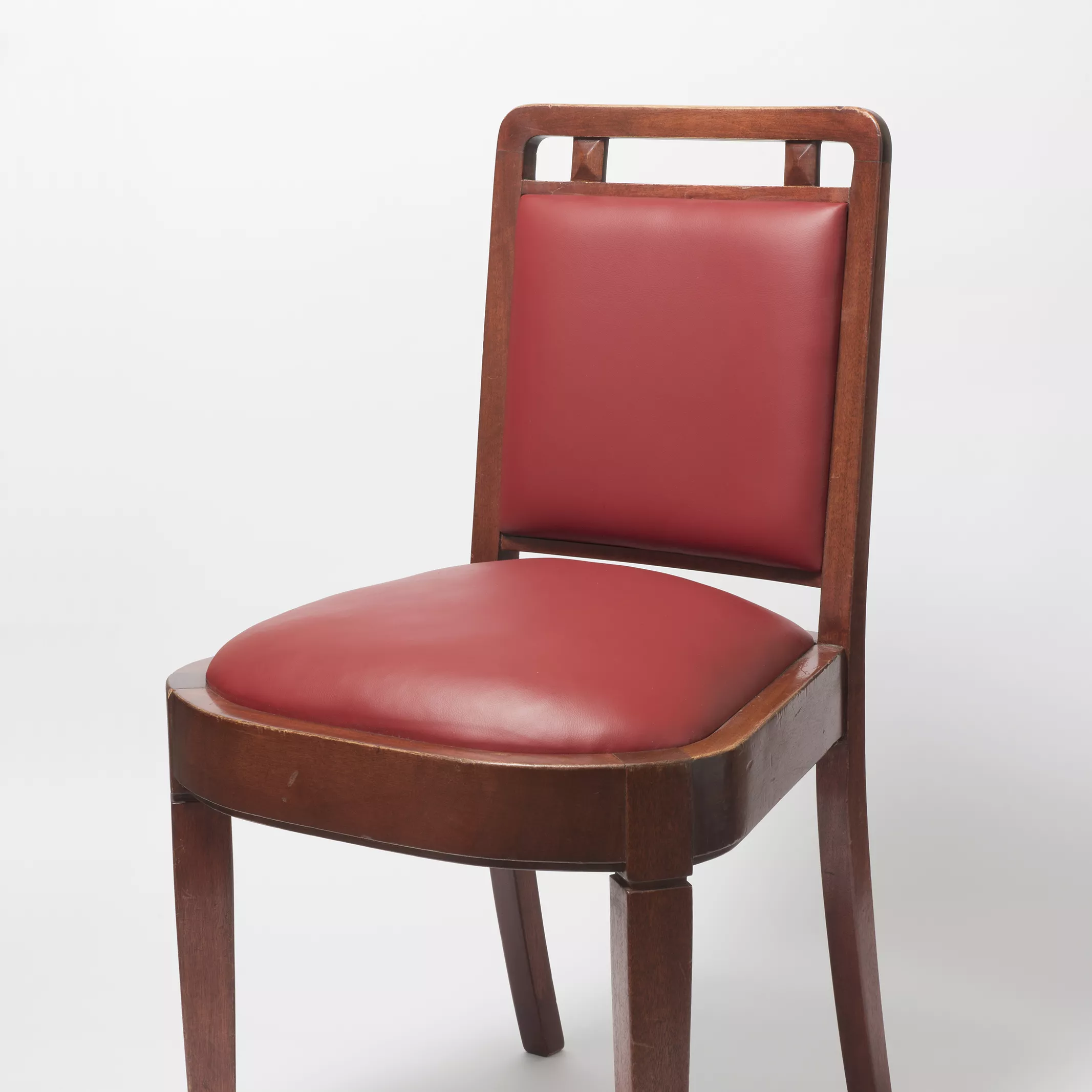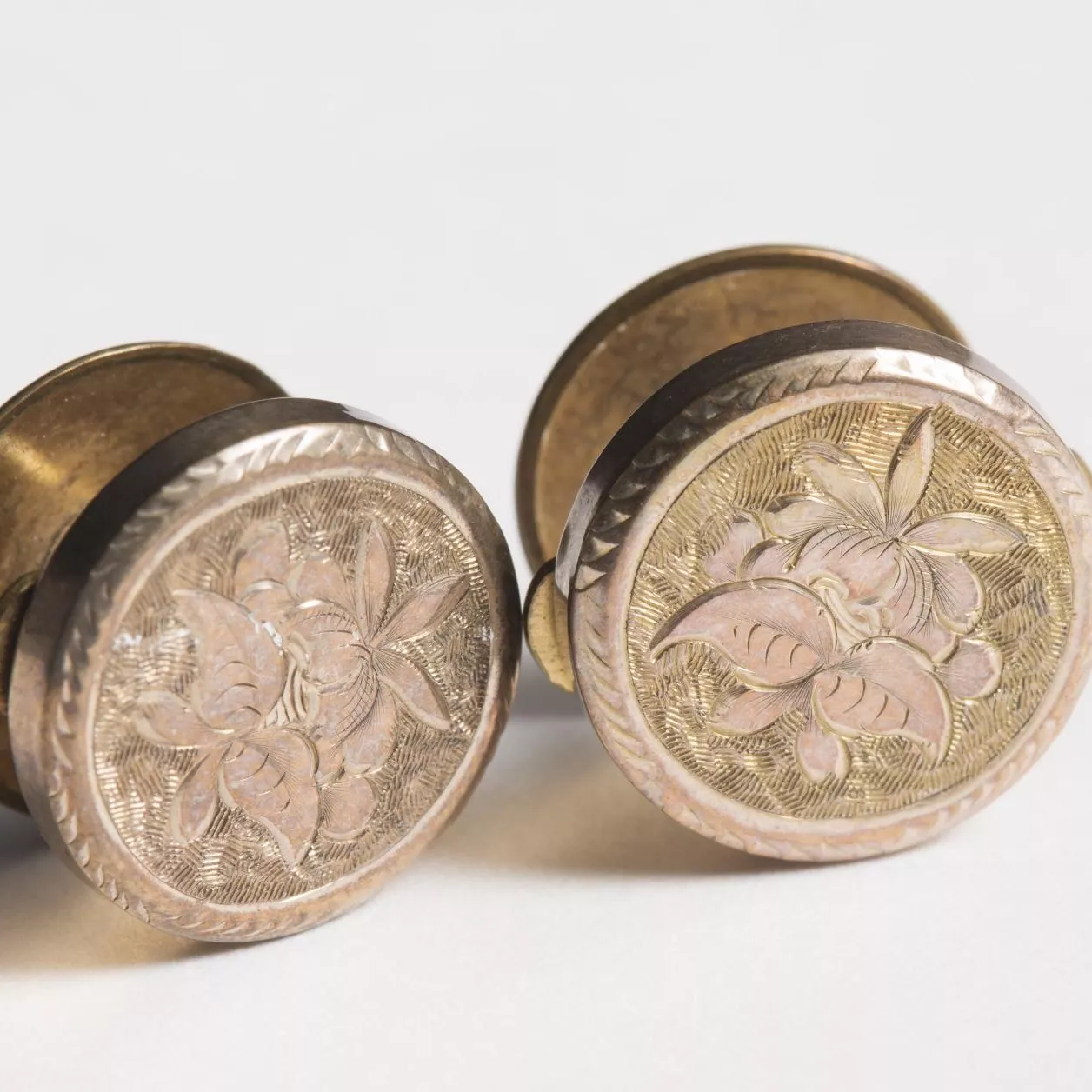Richard Di Natale's rainbow-painted shoes
Rainbows in the Senate.
These shoes were worn by Senator Richard Di Natale, then-leader of the Greens party, into the Senate on 15 November 2017. On that day, the results of the postal survey on same-sex marriage were announced, and the amendment to the Marriage Act 1961 was introduced.
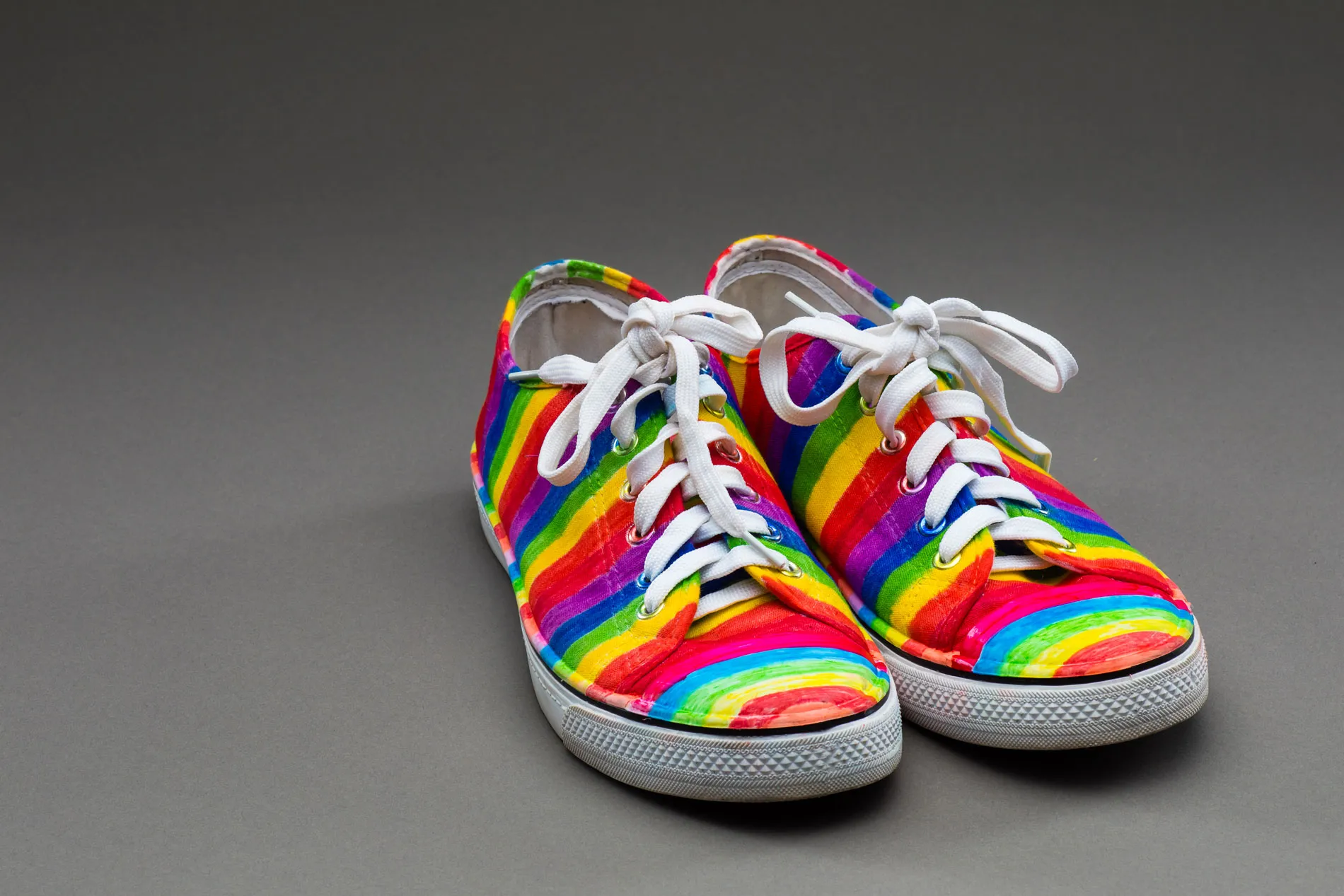
Richard Di Natale's rainbow-painted shoes.
The postal survey to determine public support returned a 61.6% 'yes' result. Liberal Senator Dean Smith introduced a bill to amend the Marriage Act, with bipartisan support in the form of eight co-sponsors, including Di Natale for the Greens.
The shoes were given to Di Natale by Primrose Holland, daughter of Reverend Ric Holland, a Uniting Church minister based in central Melbourne. In the Senate, Di Natale recounted the story of walking past a church and seeing a large 'yes' banner during the postal survey. He contacted the church and met Reverend Holland, who was advocating to his congregation and the surrounding community that marriage should be for everyone.
This was considered an unusual view at the time, as many religious groups opposed same-sex marriage, and many individuals opposed the idea on religious grounds. However, Reverend Holland said that the message of the church is that all people are equal, and that the Uniting Church had already recognised the equality of LGBTQIA+ people by removing all requirements for selection of ministers, meaning some members of same-sex couples were already serving as ministers.
Reverend Holland had a pair of rainbow-coloured sneakers that his daughter Primrose had made for the campaign in his office. Di Natale asked about them and a few days later she delivered a pair to his office.
Wearing the shoes in the chamber, Di Natale said:
'I wear [these shoes] to bring the rainbow colours into this Chamber as a show of solidarity with the people from LGBTIQ communities.
I wear them to remind us that the support for yes and for a change to the Marriage Act comes from all corners of the Australian community, including from faith communities.
And I wear them to take inspiration from the change that we're creating with LGBTIQ communities to go on and work harder for change with other communities – with Aboriginal and Torres Strait Islander people; for safety and equality for women; for an end to the stigma and discrimination experienced by people with disabilities; for an end to racism, wherever it rears its ugly head; for a safe refuge and new life for people escaping war and violence; for an end to poverty; for the protection of nature in our precious places; and for action on global warming.'
Di Natale had previously spoken on numerous occasions about the impact of the debate on the mental health of same-sex couples. The legislation to legalise same-sex marriage was passed on 7 December 2017.
What was the same-sex marriage postal survey?
In 2016, the Liberal government under Malcolm Turnbull held a voluntary postal survey, which was essentially an opinion poll citizens could opt in or out of. This survey was to determine the level of support for same-sex marriage in the Australian community, to help inform legislation on the issue.
Who is Richard Di Natale?
Richard Di Natale was an Australian Greens Senator from 2010 to 2020, and party leader from 2015 to 2020. He served as a spokesperson on many issues, including health, climate change and economic inequality. Prior to politics, Di Natale was a GP and public health specialist.
How did the same-sex marriage legislation affect religious institutions?
The amendment to the Marriage Act included an exemption for ministers of religion to refuse to marry same-sex couples if it is against their religious beliefs. Soon after the legislation passed, focus turned to churches to announce that same-sex marriages could take place within their walls. While Reverend Holland wanted his church to be the first to hold a same-sex religious ceremony, the Uniting Church took nine months to decide to permit same-sex marriage.
What do the rainbow colours of the LGBTQIA+ flag represent?
The rainbow flag was reportedly created by artist Gilbert Baker as a symbol of gay pride in 1978. Baker's flag had eight stripes: pink for sex, red for life, orange for healing, yellow for sunlight, green for nature, turquoise for art, indigo for harmony, and violet for spirit. Soon it became apparent that pink, turquoise and indigo were hard to find, so it was adapted to six stripes: red, orange, yellow, green, blue and purple.

